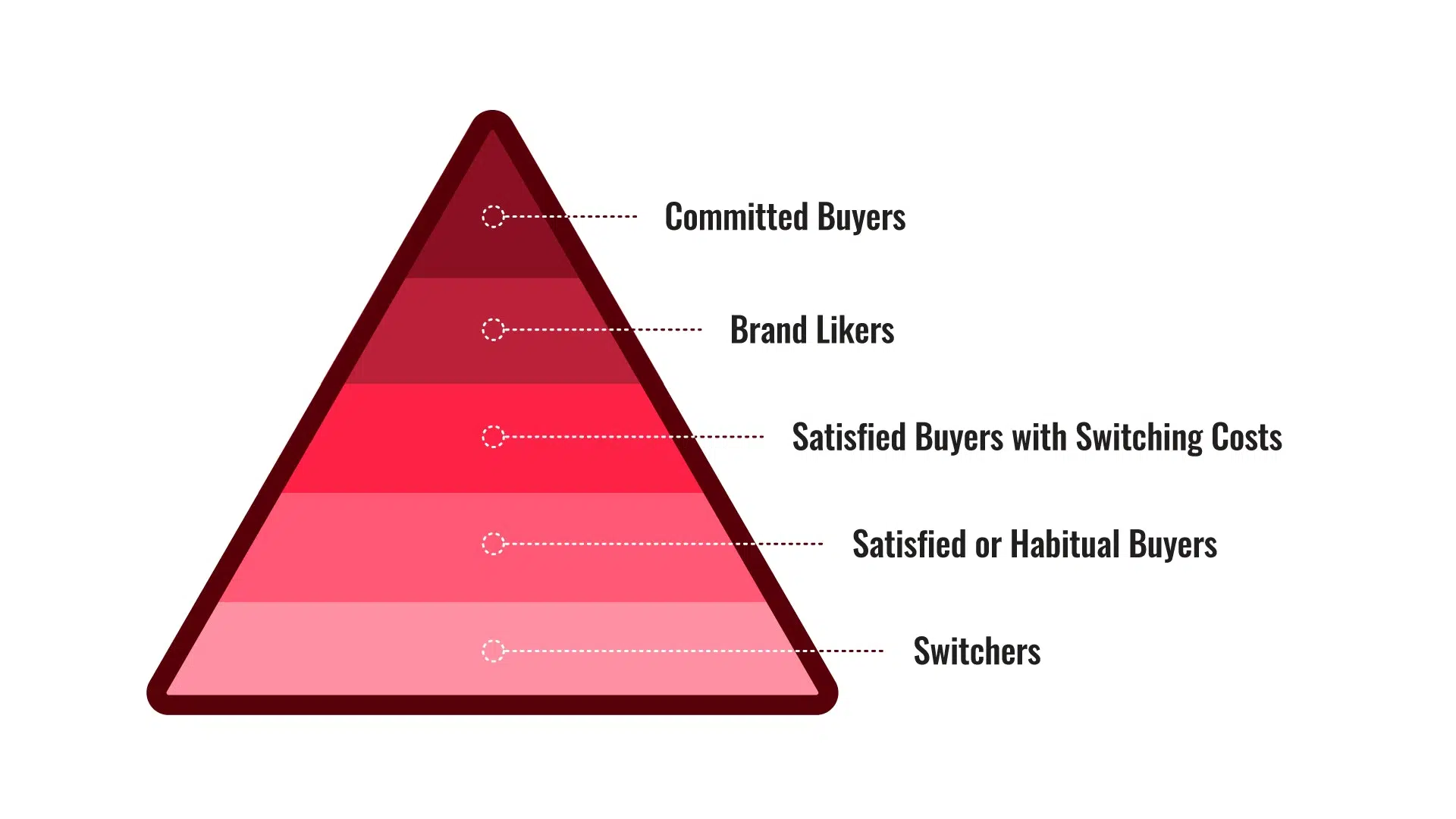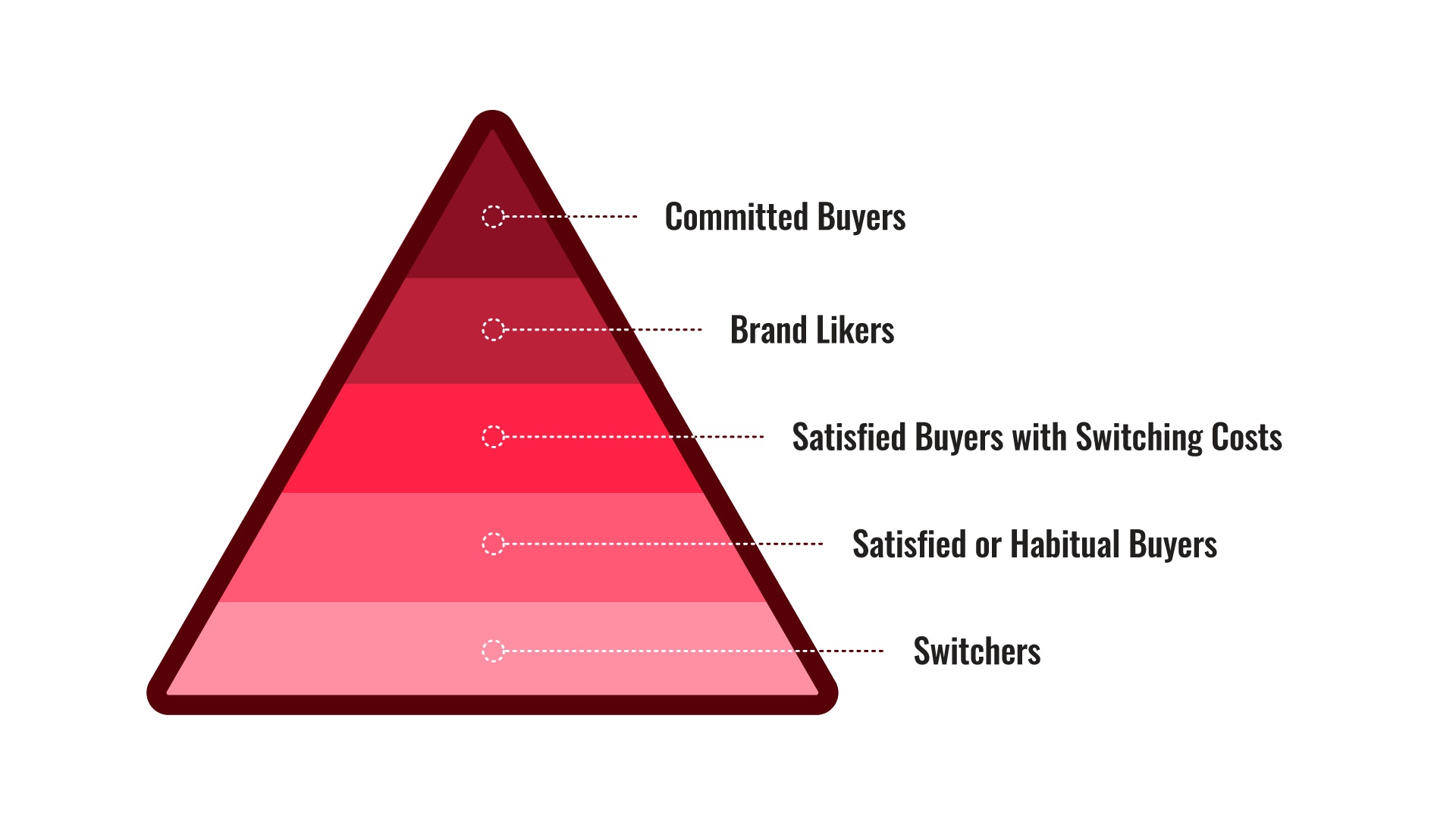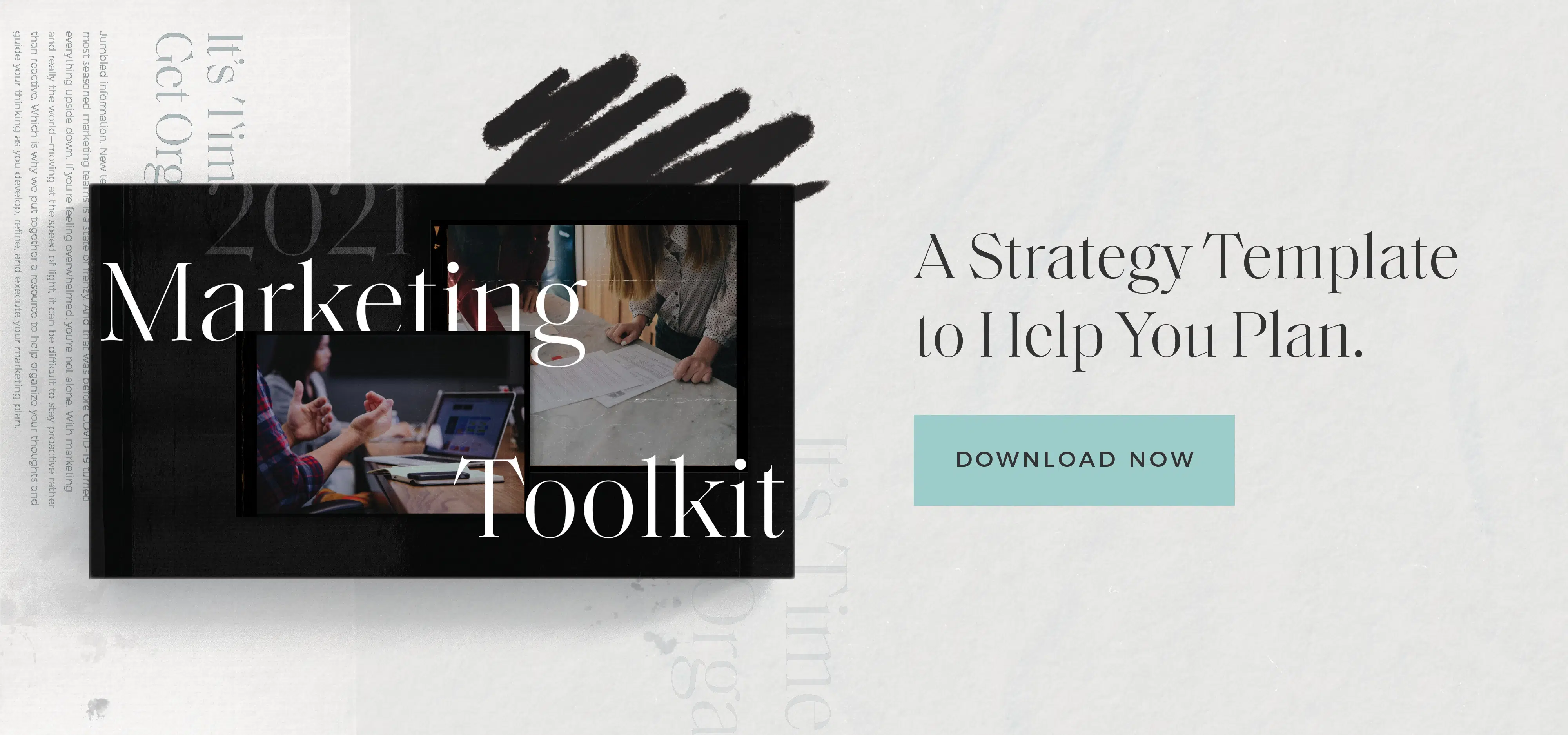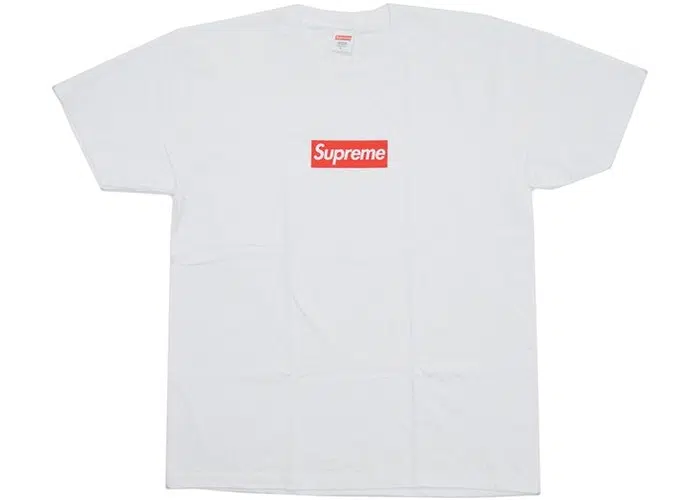Loyalty is a virtue. But it has to be earned to truly mean something. That’s true in life in general, but it also goes for marketing. Customers won’t just stay loyal to brands because they’re there—you have to earn the loyalty of the people you sell to.
Let’s talk about brand loyalty. We’ll investigate some ways to help breed loyalty in your customer base, from introducing them to you all the way to creating avid evangelists of your brand. And we’ll show why engendering loyalty in your base is one of the most important things your marketing team can do for your business.
What is brand loyalty?
On its face, it’s an easy question to answer. Brand loyalty is simply when customers become committed to one brand over its competition, and make consistent repeat purchases over time. But how does it show up? And what is it that makes a consumer loyal to one brand over another one?
A pleasant surprise for marketers: there are actually many reasons why a consumer can become loyal to one brand over its competition. I won’t list them all here because there is no way to keep from leaving something out. A person’s reasons for loyalty to a brand can be as unique as the person, but there are certainly patterns and common reasons that can be helpful to examine.
Convenience
This is both the simplest reason a customer might become loyal as well as the least durable type of brand loyalty. If the people buying your product are simply too lazy to seek out your competitor, they’ll keep buying from you. It’s just easier that way once they’ve chosen you first. The problem is that if your competition makes it easy to switch, and this is the only reason they’ve been buying from you, you could easily lose that loyalty.
Status
Some brands say something about the person buying from them—or at least that’s what customers think. If a brand makes someone feel like they look cooler or smarter, they’ll buy it (if they can afford it). If buying from your brand provides a pleasant experience like this, customers will stick around.
 Trust
Trust
Customers want to be able to rely on brands to provide products and services that work, and to keep from shifting strategy wildly. Once a customer knows a brand well and knows that they can depend on it, they’re likely to stick around—especially if that brand has a long history, or they’re an authority in the field.
Character
Nobody wants to buy from someone they hate. If a customer believes in what a brand stands for, they like the brand’s attitude and personality, or they feel like the brand is more local or just personable—rather than being a faceless corporate behemoth—they’re likely to want to buy from that brand. Especially if buying from them allows the customer to feel like they’re helping make the world better, whether that’s through a brand’s good works or simply supporting their own community.
Excitement
A brand that’s inspiring or that continuously does interesting things to grab attention can engender loyalty from customers. Buying from them feels like a step on the road towards achieving a goal, or simply unavoidable since they’re persistently—but positively—in the customer’s face.
Camaraderie
Some brands build a community, whether it’s around a shared hobby (which is related to the product or service being sold) or a lifestyle or a manifesto. When buying from a brand makes you feel like a part of something bigger than yourself, you’re more likely to want to continue buying from them.
Types of brand loyalty
All brand loyalty is not created equal. We’ve hinted at that already—that is, I’ve touched on the fact that loyalty born of convenience is not a particularly secure form of loyalty. But what does that mean for your brand? If your customers are buying from you simply because your product is the first one they see on the shelf, then how can you take that fleeting or insubstantial loyalty and grow it into something more robust?
The brand loyalty pyramid is the key. Developed by David A. Aaker, the brand loyalty pyramid—or, if you prefer, brand awareness pyramid—is comprised of five steps, with prospects or customers “entering” at the base and progressing upwards as they become more and more loyal to a product or service, or to a brand as a whole. From bottom to top, the types of brand loyalty on the pyramid look something like this:
- Switchers
- Satisfied or Habitual Buyers
- Satisfied Buyers with Switching Costs
- Brand Likers
- Committed Buyers

Switchers

Satisfied or habitual buyers

Satisfied buyers with switching costs
These buyers are happy with their brand, but mainly stick with it because of barriers that make a change less attractive. Those barriers can include the time required to switch, monetary costs, or feeling that a change requires making quality concessions. But if those barriers are met, the buyer might switch—like at the previous level, they are not necessarily passionate about the brand they buy.
Brand likers
This level is the transition point at which the buyer is passionate about the brand, a true brand enthusiast. Their affinity for the brand is based primarily in emotion—in fact, that means in a lot of cases a buyer at this level of the pyramid can’t clearly articulate why they like the brand so much. They just do.
Committed buyers
At this level the brand plays an active role in the buyer’s day-to-day life, and the buyer is proud of their association with the brand. The brand identity of the product fits closely with the buyer’s personal values, and a smart brand will reward this buyer with loyalty perks to ensure it’s a two-way relationship.
Obviously, any smart business wants to have as many customers as possible in the upper levels of the brand awareness pyramid. But how do you get them there?
How does a customer move up the brand loyalty pyramid?
Thankfully, it’s not simply down to luck, and even a boring brand can take steps to improve. There are several methods by which a business can increase brand loyalty in its customer base.
Engage authentically with customers and make customer service your foundation
Customers want to know that they’re heard when they speak with your brand, whether they come to you with criticism, praise, or something in between. But they also want to know that any interaction they have with your brand is authentic—that is, that your brand representatives actually care about what they have to say, and aren’t simply engaging for the sake of avoiding a public relations snafu.
Whether it’s social media or a phone call or something else altogether, make sure your representatives act with care, engage, and do whatever they can to help even if a customer is rude or upset. They won’t forget. Which means helping someone when they’re low is an amazing way to turn a confrontational buyer into a loyal buyer…while failing to do so could send them running to your competition.
Reward loyalty
When you have a loyal customer, you can’t take that loyalty for granted—otherwise it could easily evaporate. But like the brand loyalty pyramid, your response doesn’t have to be one-size-fits-all. You can easily tailor loyalty rewards to the level of loyalty shown based on frequency or value of purchases made. Not only does this show the customer that you appreciate their business, but it can push customers to buy more and more to move up the strata of your program—and, therefore, to move up the levels of the brand awareness pyramid.
Pay attention to customer reviews and feedback
We’ve already talked about how helping a customer who’s in trouble can help build their loyalty. But taking the lessons learned from each of those interactions and applying them to your business as a whole can make the buying experience more pleasant for all customers.
You can also be proactive about gathering feedback by conducting surveys or follow-up questionnaires after the sale. Most unhappy customers won’t tell you about it—they’ll just go buy from your competition. Ask what buyers liked about the process, ask what was difficult or unpleasant, and most importantly listen to what your customers tell you. Don’t assume you know better. Take criticism with maturity and adjust.
Allow—but don’t require—personalization
Anyone who’s been paying attention to the world over the past few years knows that use of personal data has been a hot topic, with Facebook in particular finding themselves under increased scrutiny for their failure to protect user data a couple years back. This is, of course, a concern for nearly every business today—I could choose any of a handful of examples of infamous recent data breaches, like that time every verified Twitter account got compromised—but it doesn’t mean that businesses can’t use data to enhance their customer experience. In fact, done right, it can actually build loyalty.
The answer is pretty simple—allow your customers to opt into personalization, rather than making it automatic, and do everything in your power to protect the data that they allow you to collect. Establishing an opt-in builds trust, and that data allows you to personalize the experience for each user. They’ll get the information they’re most likely to be interested in, and they won’t have to sift through introductory content every time they visit your site. It’s preferable to a total lack of personalization, and it’s definitely better than forcing people to share data they may not want to share.
Maintain a positive social media presence
It’s 2020, so this should probably be a no-brainer, but just in case you don’t know, your business should be utilizing social media. This doesn’t mean you chase after every single new platform that pops up—remember Peach?—and it doesn’t mean that you need to dive into platforms that your audience doesn’t use. If you’re selling machine parts, you probably don’t need to be on Snapchat, for example.
It is important, though, that you display the value of your brand as well as customer appreciation on whatever platforms you do use. Respond to comments when it’s appropriate, and feel free to engage often. You can also keep an eye on your mentions, and see who tends to pop up a lot. Engage with them, and maybe even consider surprising them with some swag. It’s an easy way to get some attention, and it’ll solidify brand loyalty from that lucky follower. And more importantly, it’ll show that you care about the people who care about you.
Tell your brand’s story
If there’s one thing you probably know about Element Three (besides the fact that we’re good at kickball), it’s probably that we’re in the business of telling bold stories. So, obviously, we’d advise that you do the same. It makes your brand feel less like it’s a corporate construction and more like it’s a real, natural, human thing—and you know what? That’s because that’s what it should be.
Tell the story of your business, and include your customers as a part of that story. If they’re participants, rather than just a source of income for you, they’re more likely to want to keep participating. And if you feel at all comfortable with it, allow some members of your team to be part of it, too. Is your CEO or president an integral part of the bold story of your business? Put them front and center and allow them to speak for your brand—and maybe even speak directly with your customers. That goes for anyone else in your team who might have an inspiring, touching, or otherwise interesting story to tell.
When you tell stories, you humanize your brand. And people are more likely to want to associate with it consistently.
Why is brand loyalty important?
You can never assume that people will want to buy from you, even if they’re already customers. It’s easy to lose a customer, and the less loyalty an individual buyer feels toward your brand and business, the easier it is for them to jump ship for a competitor. But if you put in the work to build a sizable base of truly loyal customers, it will put your business at a significant advantage. Those are customers who will stand by you when times are tough, buyers who won’t just abandon you if prices have to rise or the economy dips.
They’re also people who will evangelize for your brand. They’ll tell their friends and family about your products or services, they’ll advocate on your behalf and help you raise awareness—and, you can assume, drive sales—without a massive financial investment.
It should be clear that having loyal customers is a significant benefit for your business, no matter what industry you’re in, no matter what you sell. So start now, and build a brand that your customers want to stay loyal to—and think about the ways you can guide new and returning customers alike up the steps of the brand loyalty pyramid. You won’t regret it.









